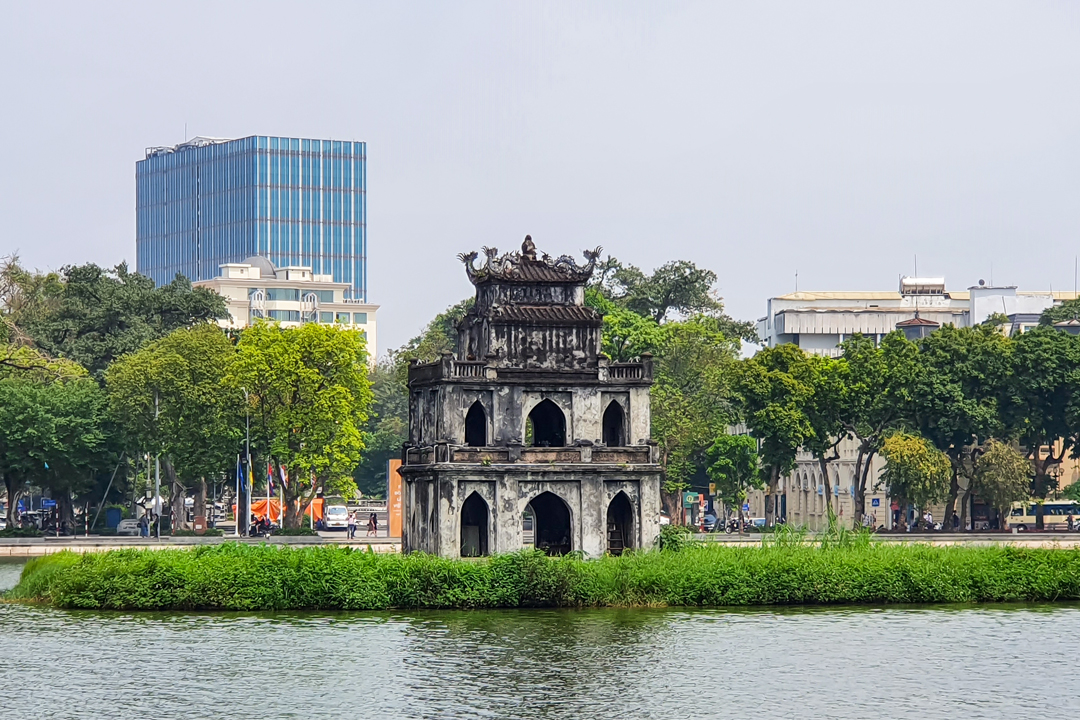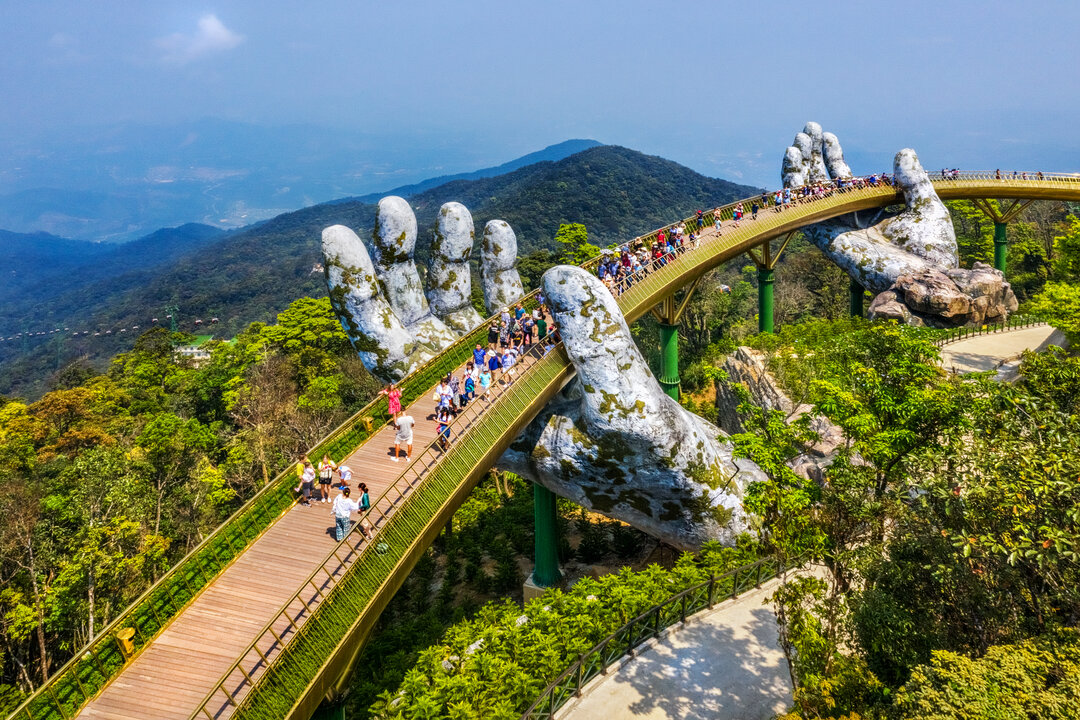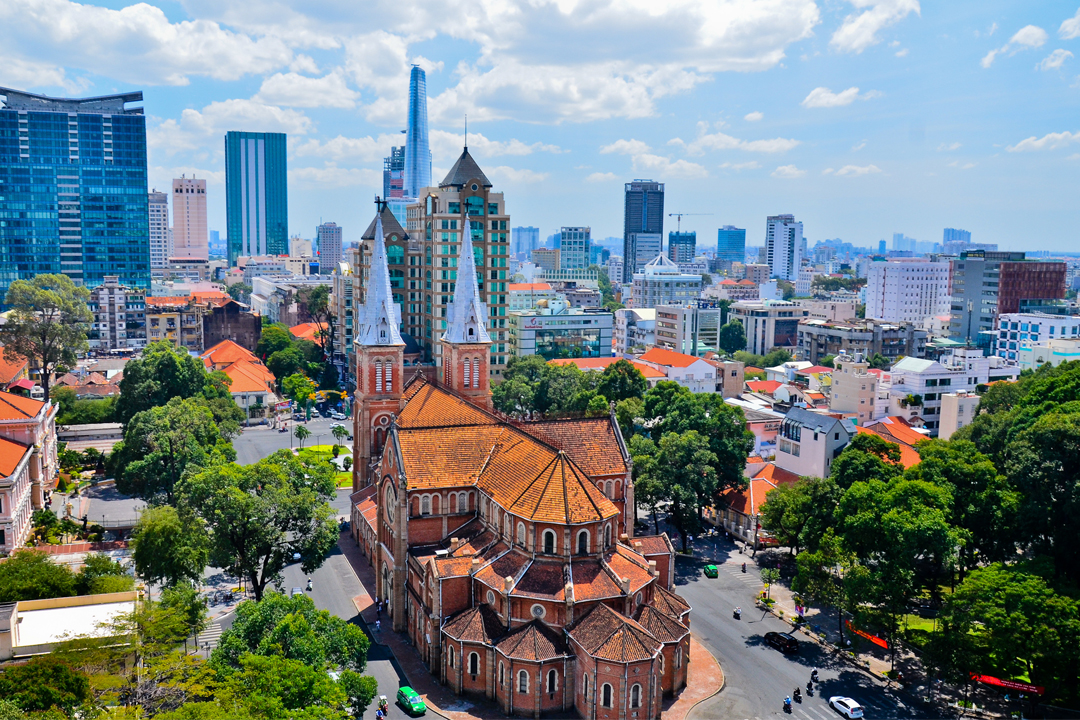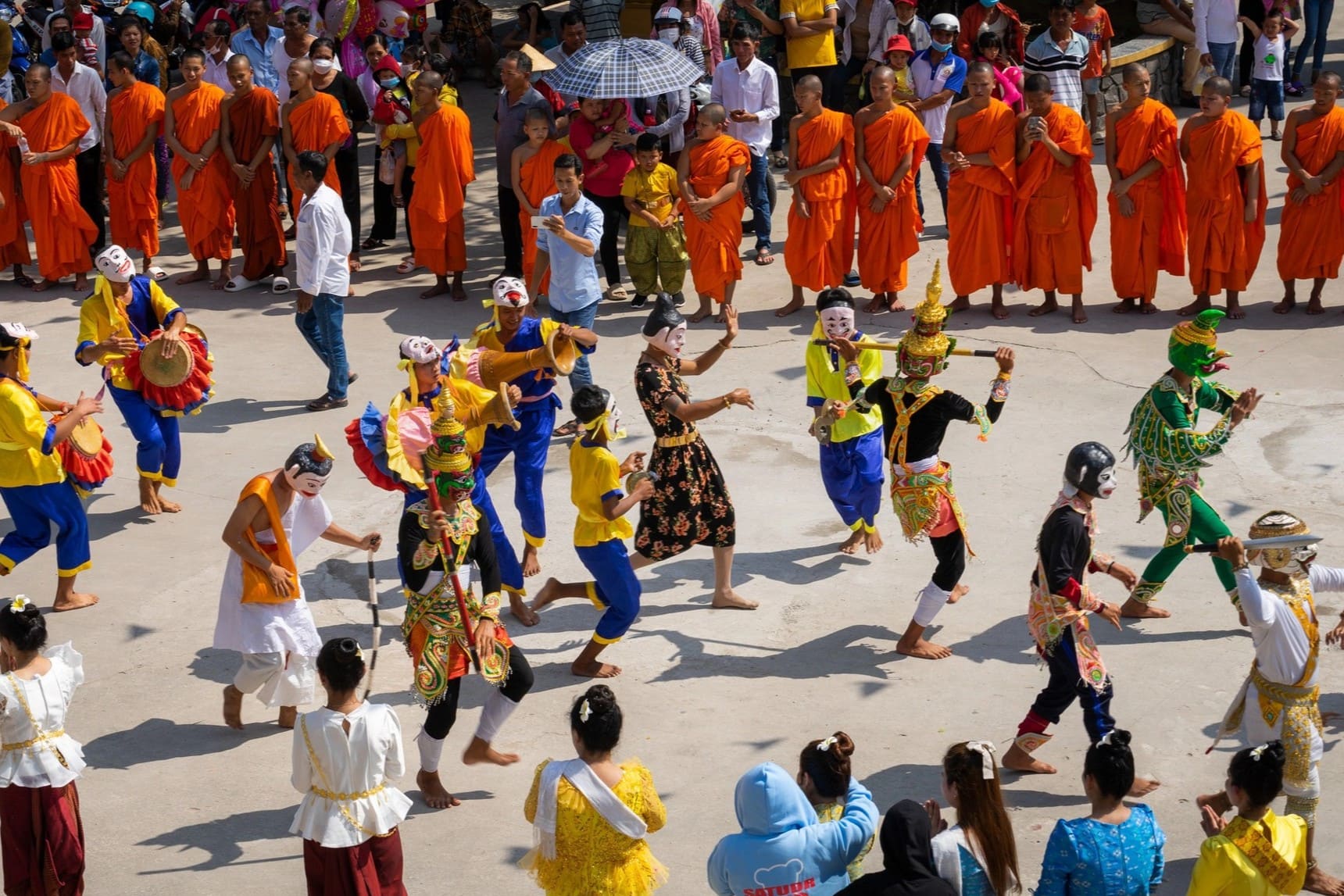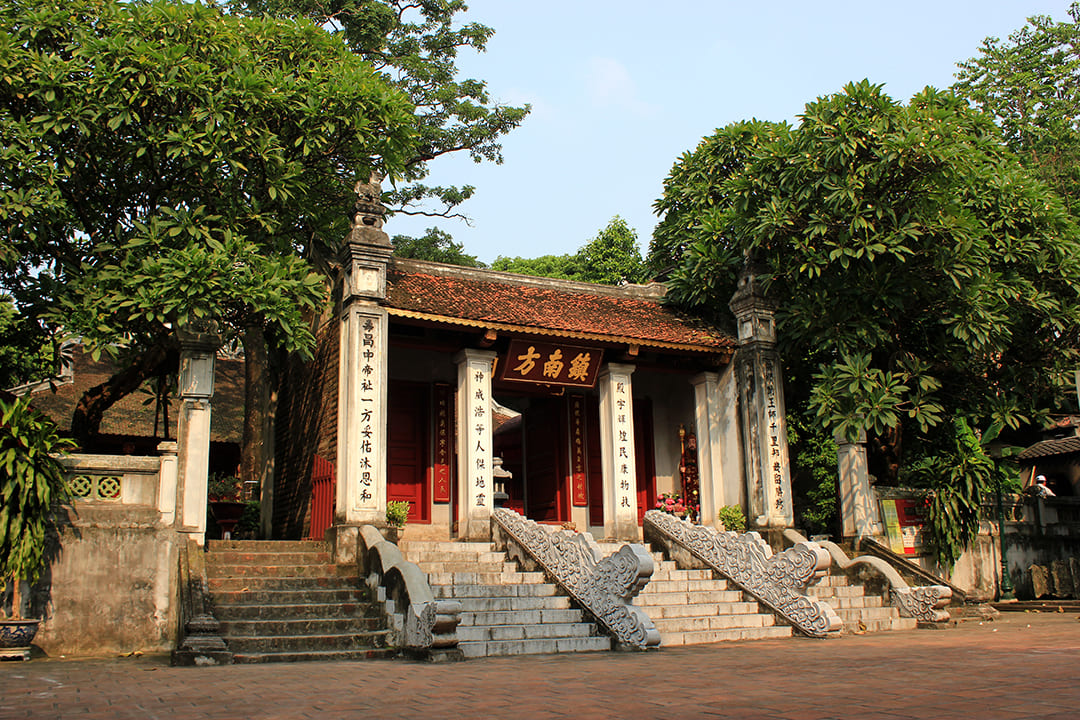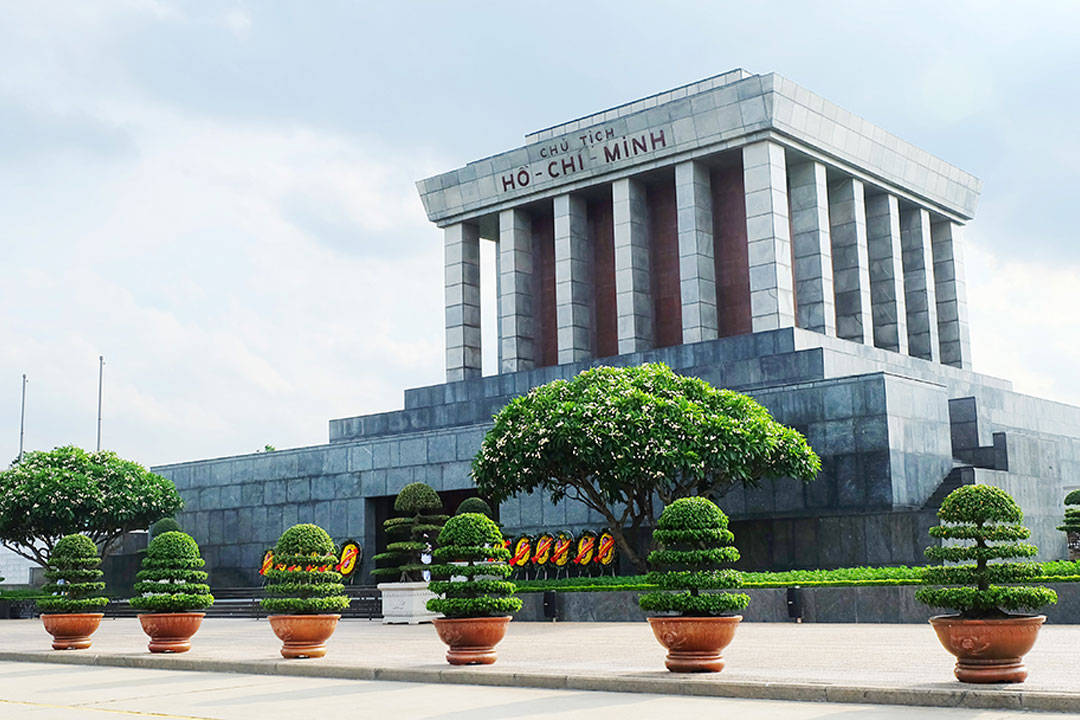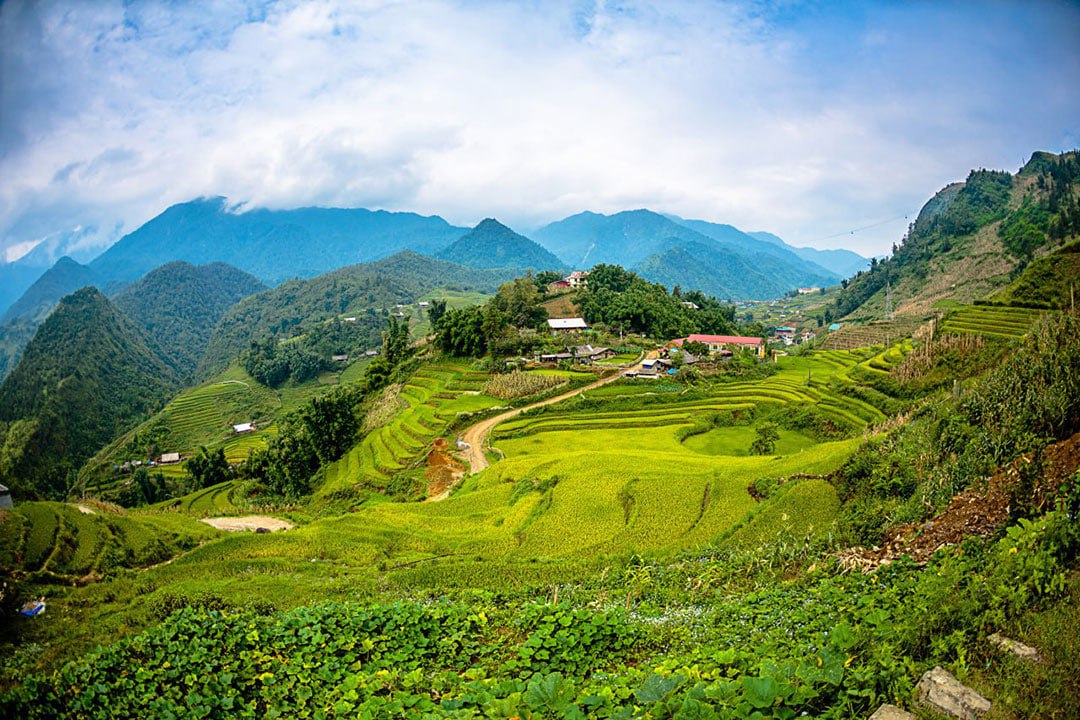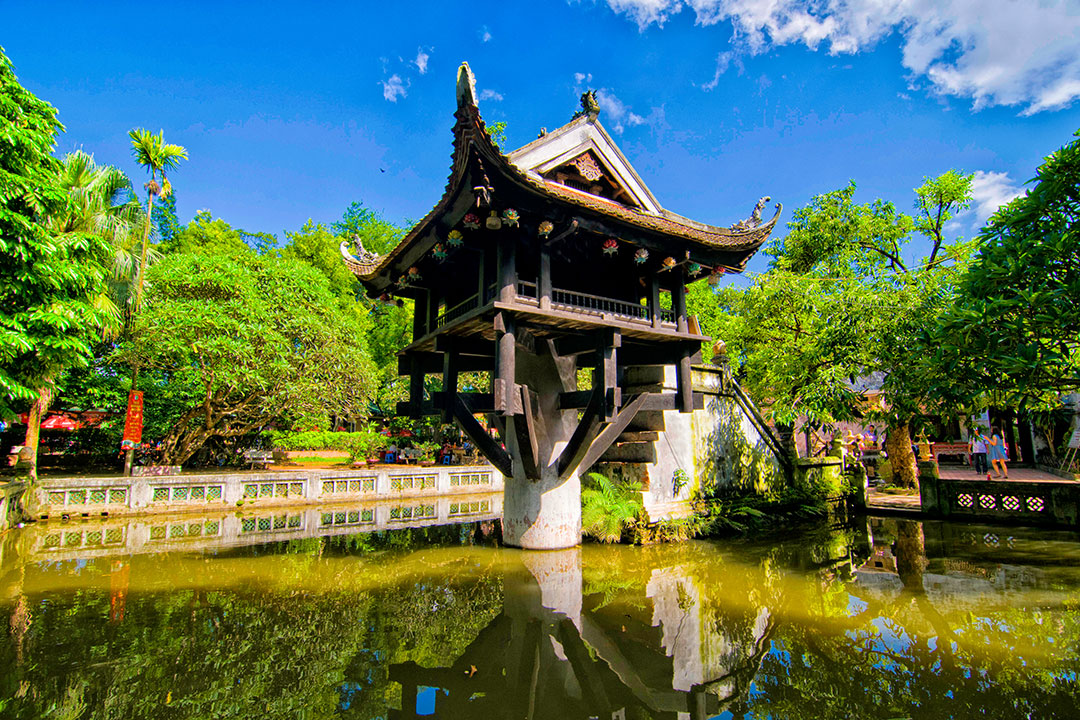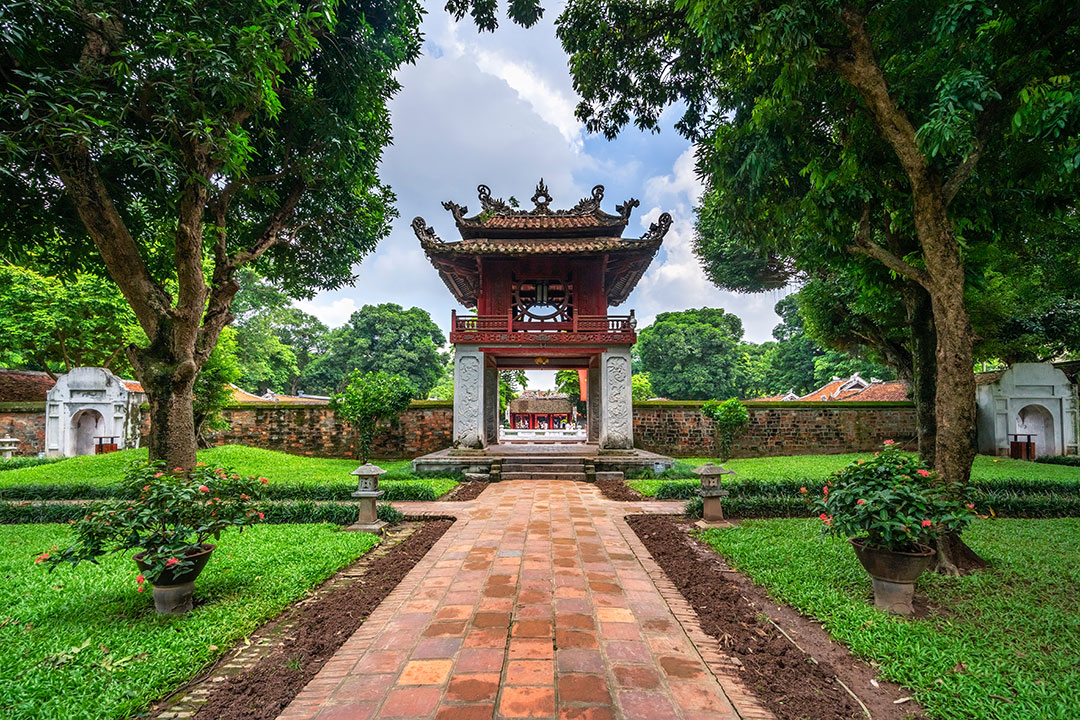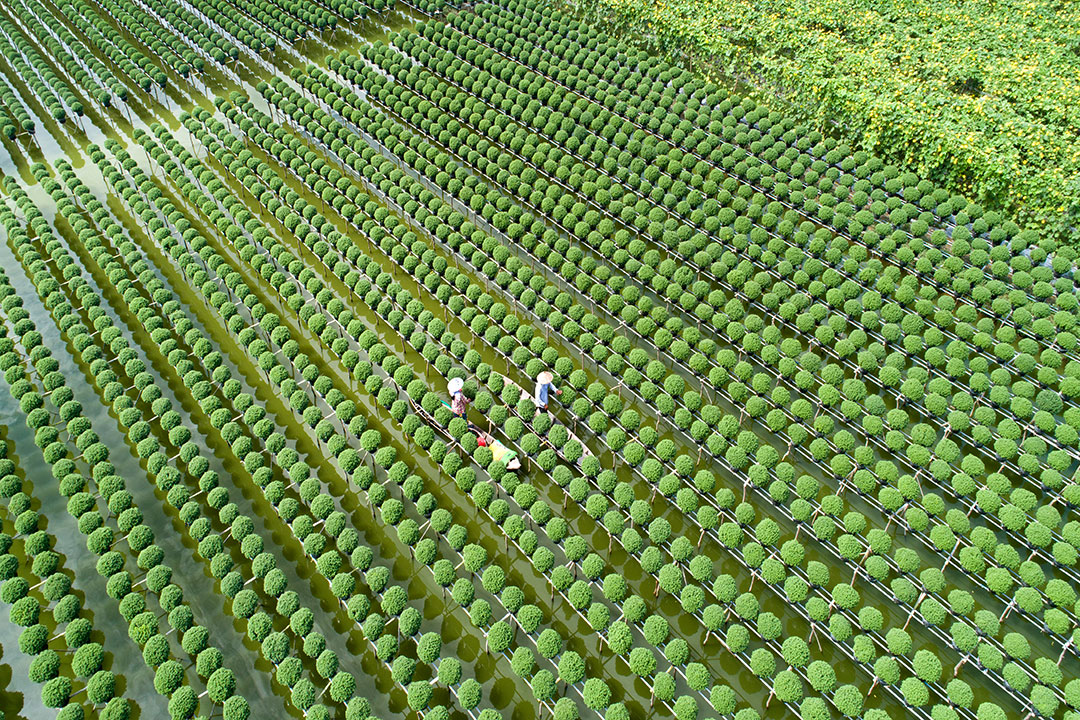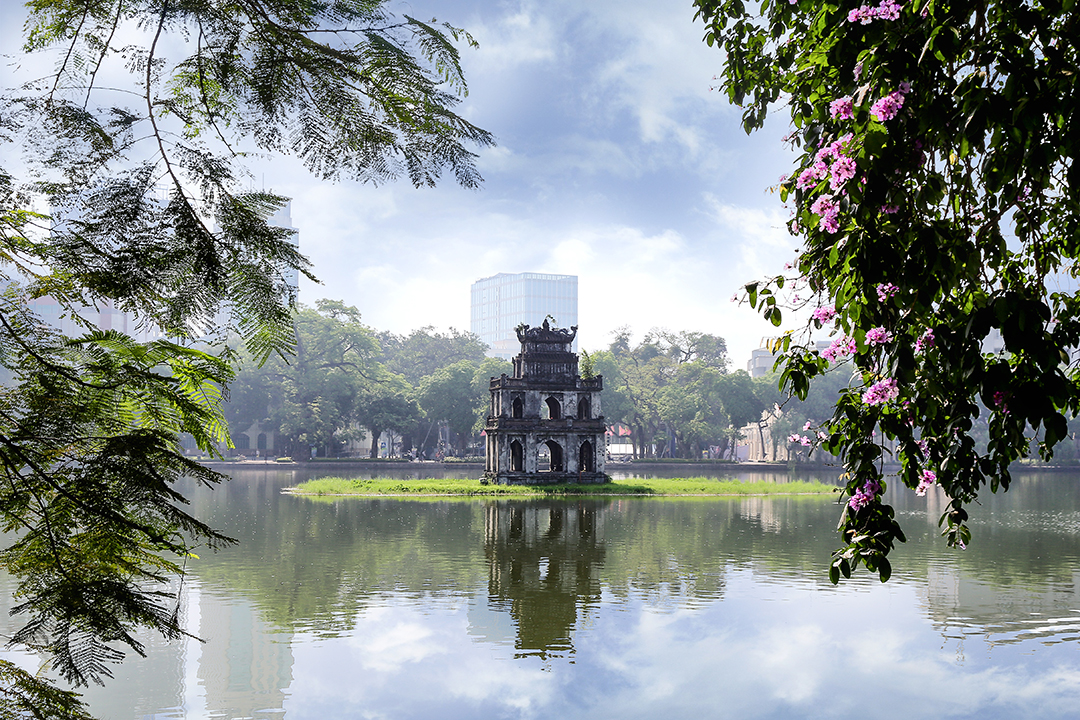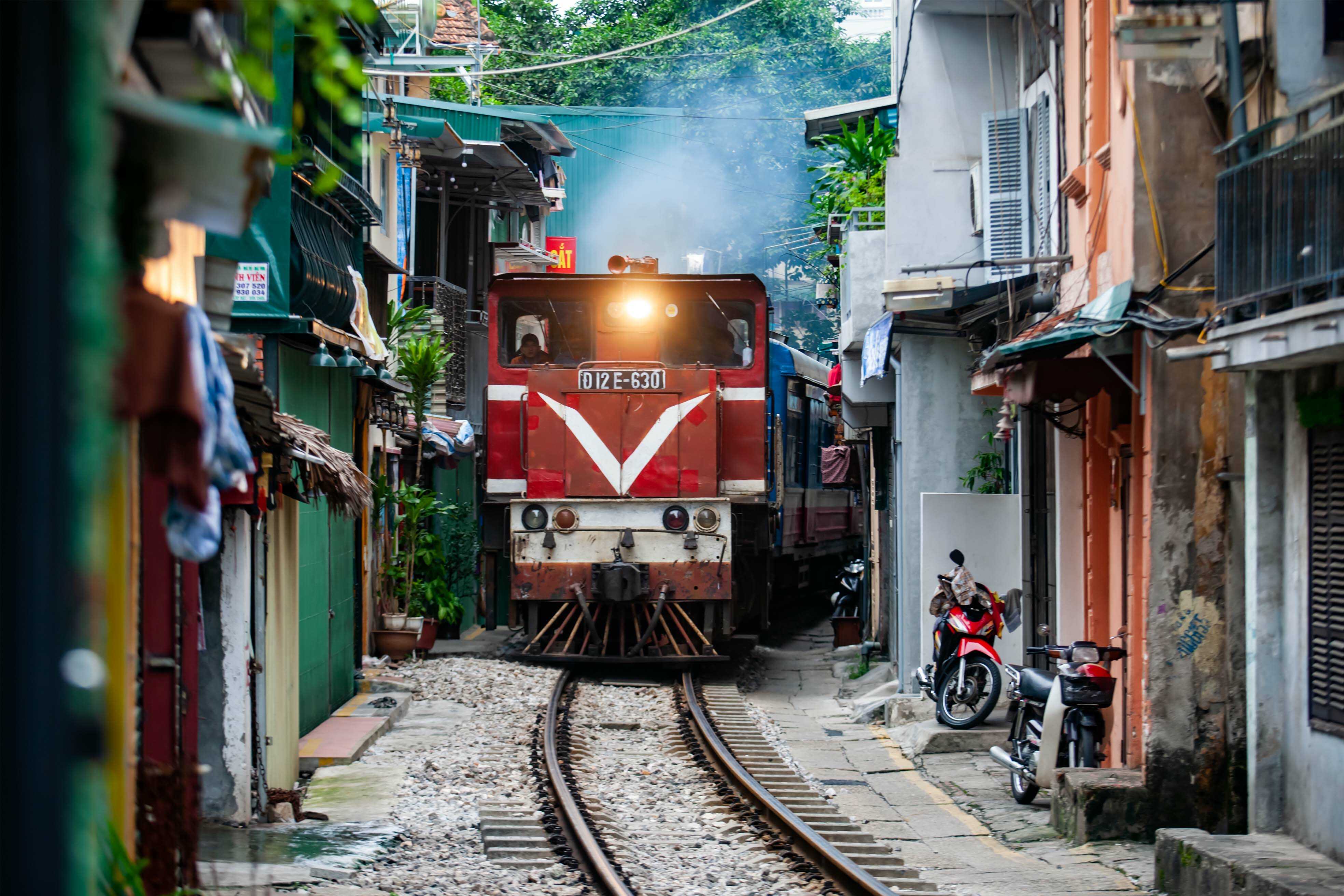Kim Lien Temple: The Sacred Ancient Temple Over 500 Years Old
Kim Lien Temple stands as a timeless testament to Hanoi's spiritual and historical legacy, guarding the southern gate of the ancient Thang Long Citadel. As one of the revered "Four Sacred Temples of Hanoi", this ancient site is a living museum, a spiritual sanctuary, and a cornerstone of Vietnamese culture that has withstood the passage of over 500 years. Tucked away from the capital's relentless pace, the temple offers a journey back in time, revealing stories of dynasties, deities, and royal devotion. This definitive guide by GTrip provides everything you need to know to explore the profound beauty and significance of Kim Lien Temple.
Overview of Kim Lien Temple in Hanoi
Known by several names that reflect its rich past, the site is often referred to as Kim Lien Communal House, Kim Lien Tu, or Cao Son Temple, a nod to the primary deity it honors. This complex serves as both a temple for worship and a communal house, a central hub for community activities and cultural festivities, making it a vital part of local life in the former Dong Da area.
Where is Kim Lien Temple?
Location: 148 Kim Hoa Street, Kim Lien Ward (formerly Phuong Lien Ward, Dong Da District), Hanoi
Nestled in the heart of Hanoi's former Dong Da District, Kim Lien Temple is an oasis of tranquility amid the urban sprawl. Its location makes it an easily accessible and rewarding stop for anyone exploring the capital's rich cultural tapestry. A visit here can be seamlessly woven into a day of discovering nearby landmarks, offering a peaceful counterpoint to the city's dynamic energy.
Opening hours & Entrance fee
- Opening hours: 8:00 AM - 11:00 AM & 2:00 PM - 5:00 PM daily
- Entrance fee: Free
Planning your visit is simple, as the temple welcomes guests during specific morning and afternoon windows. This allows for scheduled maintenance and preserves the sanctity of the sacred space. Best of all, this incredible piece of history is open to all who wish to experience it.
Entry to Kim Lien Temple is completely free of charge, encouraging everyone to explore its historic grounds. Be sure to check your watch and plan your arrival during the designated opening hours to ensure you have ample time to appreciate the site without feeling rushed.
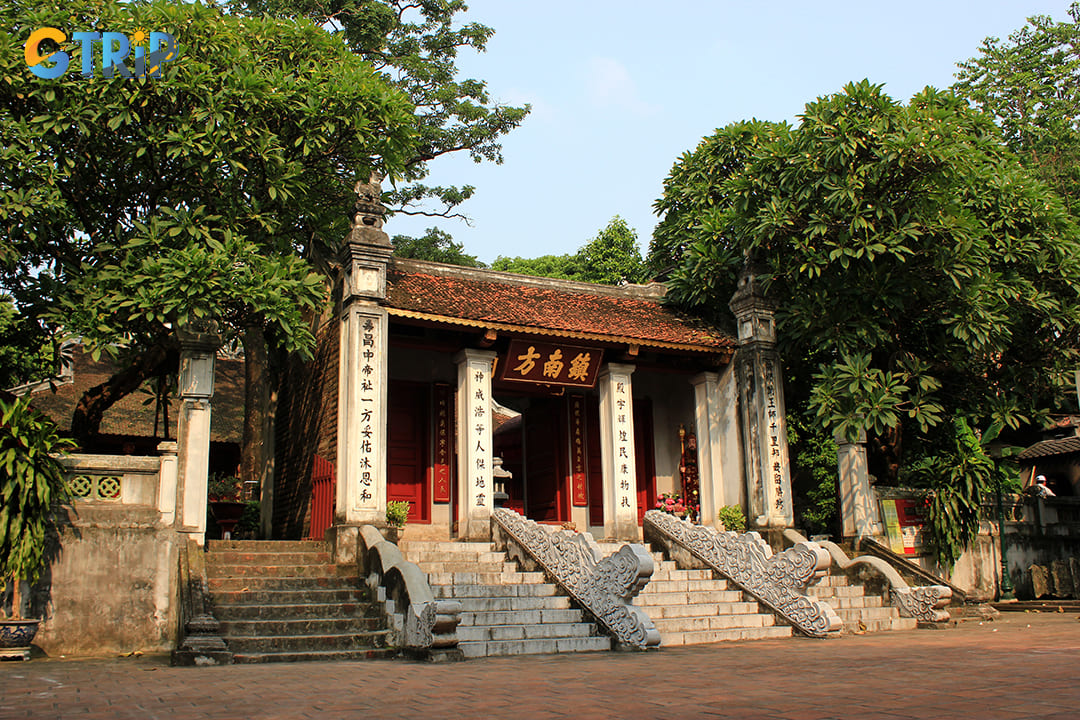
Kim Lien Temple in Hanoi is a spiritual sanctuary that has withstood the passage of over 500 years
Best times to visit Kim Lien Temple
While Kim Lien Temple is a rewarding destination year-round, the timing of your visit can shape your experience. For a truly immersive cultural event, plan your trip to coincide with the annual Kim Lien festival, one of the most authentic festivals in Hanoi, when the grounds come alive with vibrant processions, traditional music, and local devotees. If you prefer a more serene and contemplative atmosphere, a visit on a weekday morning is ideal. During these quieter hours, you can explore the intricate architecture and ancient relics with fewer crowds, allowing for a more personal connection to the temple's profound history.
Whom does Kim Lien Temple honor?
The temple is primarily dedicated to the worship of Cao Son Dai Vuong. He was a mountain deity believed to be one of the 50 sons of Lac Long Quan and Au Co, the mythical progenitors of the Vietnamese people. According to legend, he was a general who assisted King Le Tuong Duc in quelling a rebellion and restoring order, earning him a place of honor. The temple's history is also intertwined with the veneration of Princess Tu Hoa. She was the daughter of King Ly Thanh Tong, who established a silkworm farm and taught weaving in this area during the Ly Dynasty, adding another layer of royal and cultural significance.
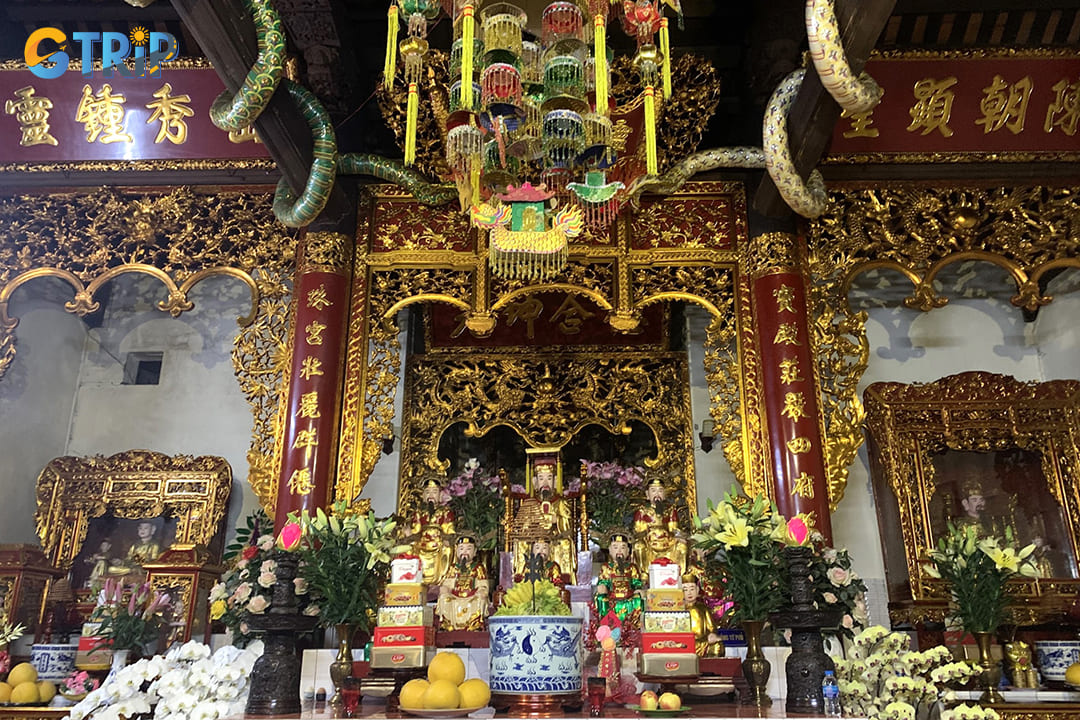
Kim Lien Temple honors Cao Son Dai Vuong and Princess Tu Hoa
How to get to Kim Lien Temple in Hanoi
Reaching Kim Lien Temple from anywhere in Hanoi is straightforward, with several convenient transportation options available to suit your budget and travel style.
- By bus: Hanoi's public bus system is an affordable and effective way to get around. Several routes stop near the temple, including bus numbers 21A, 26, and 28. Simply check the route map from your location and listen for the stop near Kim Hoa Street.
- By motorbike/car: For those who prefer to self-drive, navigating to the temple by motorbike or car is easy. The temple is located just off major roads in former Dong Da District. Parking is available in designated areas nearby, though it can be limited during peak hours or festivals.
- By taxi/ride-hailing: The most convenient and stress-free option for tourists is to take one of the many reliable Hanoi taxis or use a ride-hailing app like Grab, XanhSM. Simply input "Den Kim Lien" or the address, and your driver will take you directly to the entrance, eliminating any worries about navigation or parking.
History of Kim Lien Temple
The history of Kim Lien Temple is a complex and fascinating chronicle of Vietnam's dynastic periods. Its story stretches back to the Ly Dynasty, evolving through centuries of name changes, royal patronage, and major renovations that have shaped it into the national monument we see today. The timeline below traces the key milestones in its long and storied past.
| Period/Year | Key historical events |
|---|---|
| 1443 | Construction of Kim Lien Temple began, marking its connection with significant milestones from the Ly and Tran dynasties. |
| Ly Dynasty | The temple was first located at Ngu Dai area, also called Go Cung by Tay Ho locals. Its name was linked to Quan Ngu Palace, built by King Ly Thanh Tong. Later, Princess Tu Hoa established a mulberry and silkworm farm here, renaming the place Tam Tang. She also built Tu Hoa Palace and, along with her attendants, engaged in silk production. |
| Tran Dynasty | Tam Tang underwent several name changes, including Trai Tich Ma and Phuong Tich Ma. By the end of the dynasty, locals built Dong Long Pagoda on the former grounds of Tu Hoa Palace, and Tam Tang became known as Phuong Tich Lien. |
| Le Dynasty | Phuong Tich Lien was renamed Phuong Nghi Tam. The temple, dedicated to Princess Tu Hoa, was then called Dai Bi Tu. |
| 1771 (31st year of Le Canh Hung) | Lord Trinh Sam renovated the temple and officially named it Kim Lien Temple. |
| 1792–1793 (Tay Son period) | Emperor Quang Trung expanded and restored the temple on a larger scale, introducing a more sophisticated architectural style. The complex included major structures such as the Tam Quan Gate with four pillars, Lower Pagoda, Middle Pagoda, and Upper Pagoda. |
| April 28, 1962 | Kim Lien Temple was recognized by the Ministry of Culture as a National Historical Site of Vietnam. |
Architecture of Kim Lien Temple in Hanoi
The architecture of Kim Lien Temple is a masterful blend of traditional Vietnamese design and unique historical influences, particularly from the Tay Son period. Upon arrival, the first feature to capture your attention is the imposing Tam Quan gate. Unlike the typical three-arched gates found at many other temples, Kim Lien's entrance is a grand, four-pillared structure rebuilt during the reign of Emperor Quang Trung. These four robust pillars, adorned with intricate carvings, symbolize stability and power, creating an awe-inspiring entryway that sets the tone for the entire complex. The gate is flanked by meticulously crafted screens featuring embossed depictions of tigers and dragons, powerful guardians in Vietnamese folklore.
As you move through the complex, you'll see that the layout follows the classic design principles of Vietnamese temples. It is a clear progression from the gate to the Front Ceremonial Hall (Tien Te) and finally to the Main Sanctuary (Hau Cung). The roofs are a particular highlight, featuring gracefully curved eaves decorated with mythical creatures, such as dragons, phoenixes, and unicorns. These figures are not merely decorative; they are powerful symbols meant to ward off evil spirits and bring good fortune. The temple's structures are predominantly made of ironwood, its dark, polished surfaces covered in elaborate wood carvings that have been preserved for centuries. These carvings depict folkloric scenes, sacred animals, and floral motifs, showcasing the exceptional skill of ancient Vietnamese artisans.
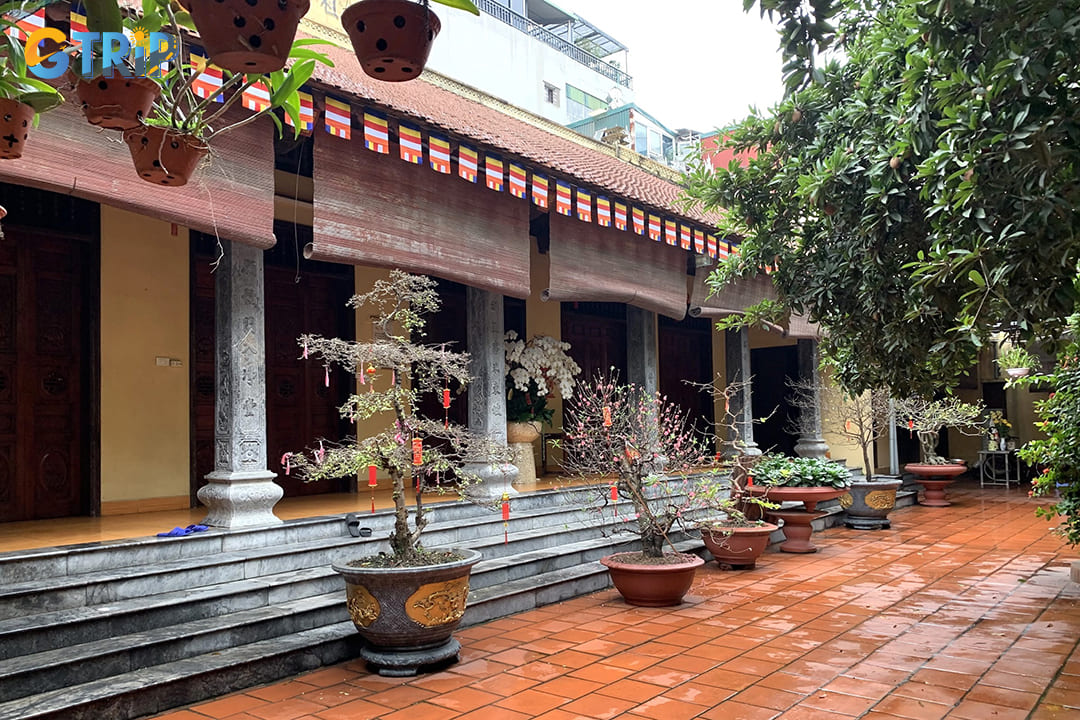
The architecture of Kim Lien Temple is a blend of Vietnamese design and unique historical influences
Things to do at Kim Lien Temple
Beyond its historical and architectural grandeur, Kim Lien Temple offers a wealth of cultural and spiritual experiences. A visit here engages all the senses and provides deep insight into Vietnamese traditions.
Admire the valuable collection of relics at Kim Lien Temple
The temple is a treasure trove of historical artifacts that narrate Vietnam's dynastic past. It holds an invaluable collection of relics, such as 39 imperial edicts, a 16th-century stone stele, and intricate wooden statues. These imperial edicts, issued by kings from the Le and Nguyen dynasties, are written on silk or paper and recognize the temple's divine patrons and its national importance. You can also find ancient bronze bells, ornate altars lacquered in crimson and gold, and finely detailed ceremonial weapons. Each item is a masterpiece of craftsmanship and offers a tangible connection to the people and events that have shaped the temple over the centuries.
The Stone Stele - The oldest relic at Kim Lien Temple
Among the temple's many treasures, one stands out for its age and historical significance: the ancient stone stele dedicated to Cao Son Dai Vuong. Erected in 1510 under the reign of King Le Tuong Duc, this stele is the oldest artifact within the complex. Its inscription, "Cao Son Dai Vuong Than Tu Bi", recounts the merits of the deity and the history of his worship at the temple. The stele serves as a crucial historical document, providing direct evidence of the temple's long-standing role and royal patronage during the Le Dynasty. Standing before this weathered stone, you can feel the weight of over five centuries of history.
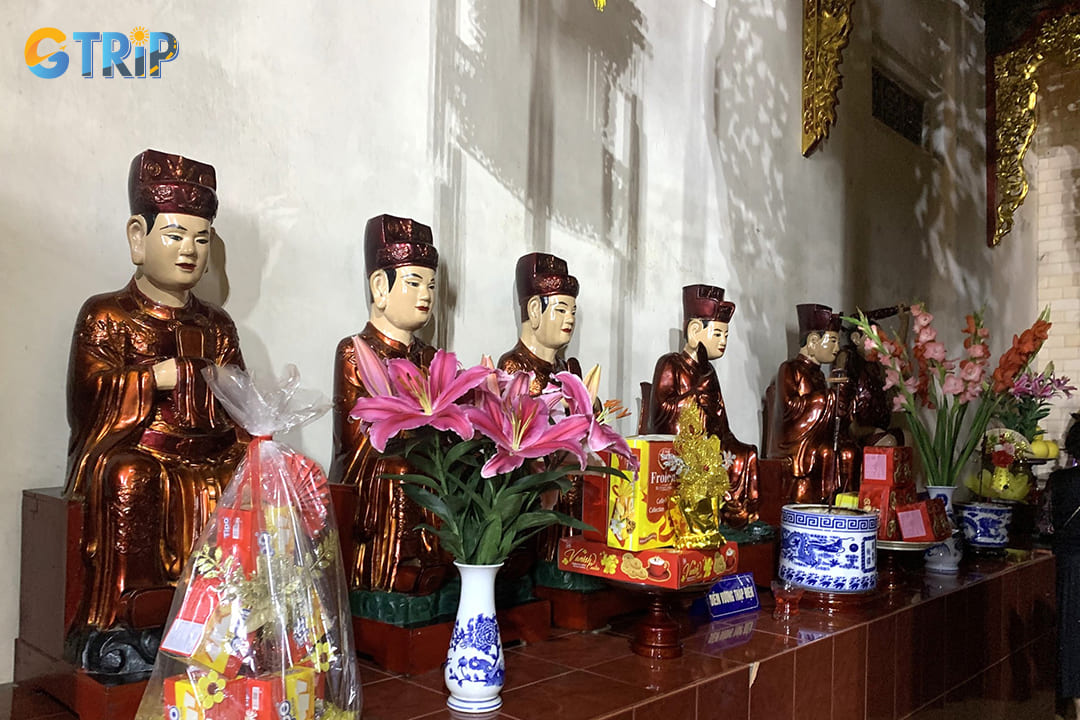
You can admire the collection of relics at Kim Lien Temple
The lively Kim Lien Communal House festival
For a truly unforgettable experience, time your visit with the annual Kim Lien Communal House festival. This vibrant celebration takes place on the 16th day of the 3rd lunar month and transforms the temple grounds into a hub of cultural activity. The festival's highlight is a grand procession where the deity's tablet is carried around the village, accompanied by colorful flags, parasols, and the sounds of traditional drums and gongs. The atmosphere is electric as locals and visitors gather to watch traditional music and dance performances, participate in folk games like human chess and wrestling, and make lavish offerings at the main altar to pray for a prosperous year.
Offer prayers for peace and good fortune
At its heart, Kim Lien Temple remains a deeply spiritual place. One of the most meaningful things to do here is to participate in the local tradition of offering prayers. Visitors are welcome to purchase incense from vendors near the entrance, light a few sticks, and place them in the large urns in the courtyard. As the fragrant smoke curls upwards, you can join the locals in a quiet moment of reflection, bowing your head to pray for health, peace, and good fortune for yourself and your loved ones. This simple act connects you to a timeless ritual that has been practiced on these very grounds for generations.
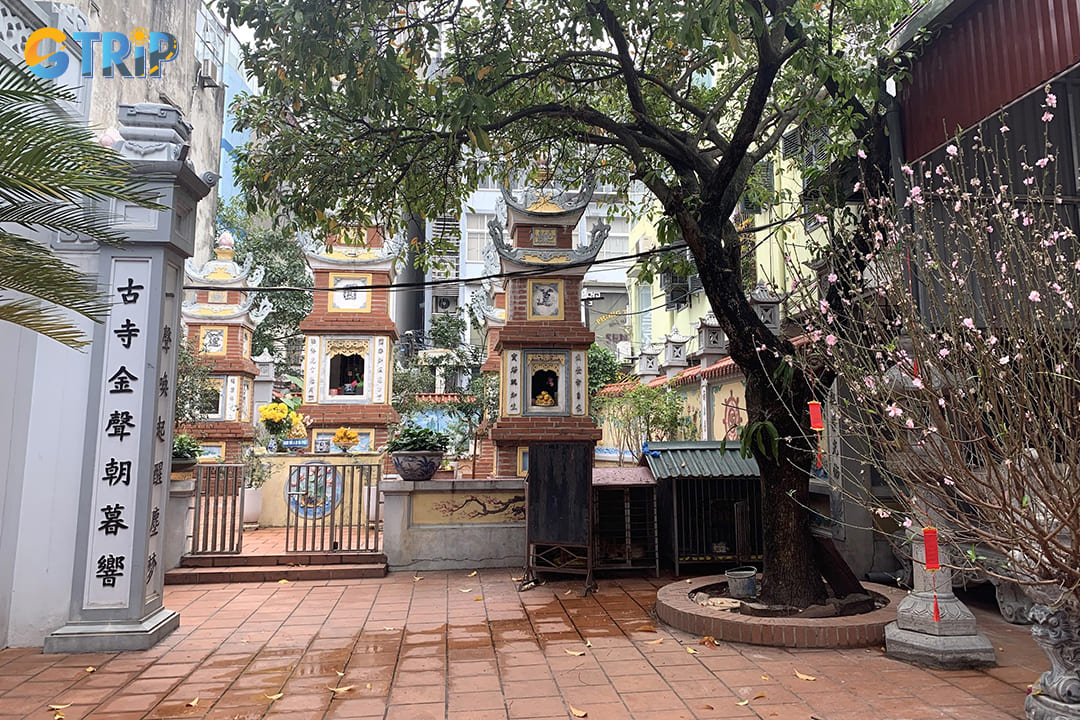
Apart from exploring the temple, you should offer prayers here for peace and health
Other attractions in Hanoi
A visit to Kim Lien Temple places you in the vicinity of many other significant historical and cultural sites. In particular, you can complete your tour of the Four Sacred Temples of Thang Long, which together guarded the ancient capital from the four cardinal directions.
- Bach Ma Temple: Located in the Old Quarter, this is the temple of the East. It is dedicated to the deity Long Do, a white horse that, according to legend, guided King Ly Thai To to the ideal location for building the citadel walls.
- Voi Phuc Temple: Guarding the West, this temple is situated near Thu Le Park. It honors Prince Linh Lang, a hero of the Ly Dynasty who famously defeated invaders with the help of his war elephants (voi phuc means "prostrating elephants").
- Quan Thanh Temple: The northern guardian, located near West Lake, is a magnificent Taoist temple dedicated to Tran Vu, the God of the North. It is famous for its colossal black bronze statue of the deity, a masterpiece of Vietnamese sculpture.
- Temple of Literature (Van Mieu - Quoc Tu Giam): Just a short distance from Kim Lien Temple in the same area, this is Vietnam's first national university. Founded in 1070, it's a beautiful complex of pavilions, halls, and courtyards dedicated to Confucius and Vietnam's most accomplished scholars.
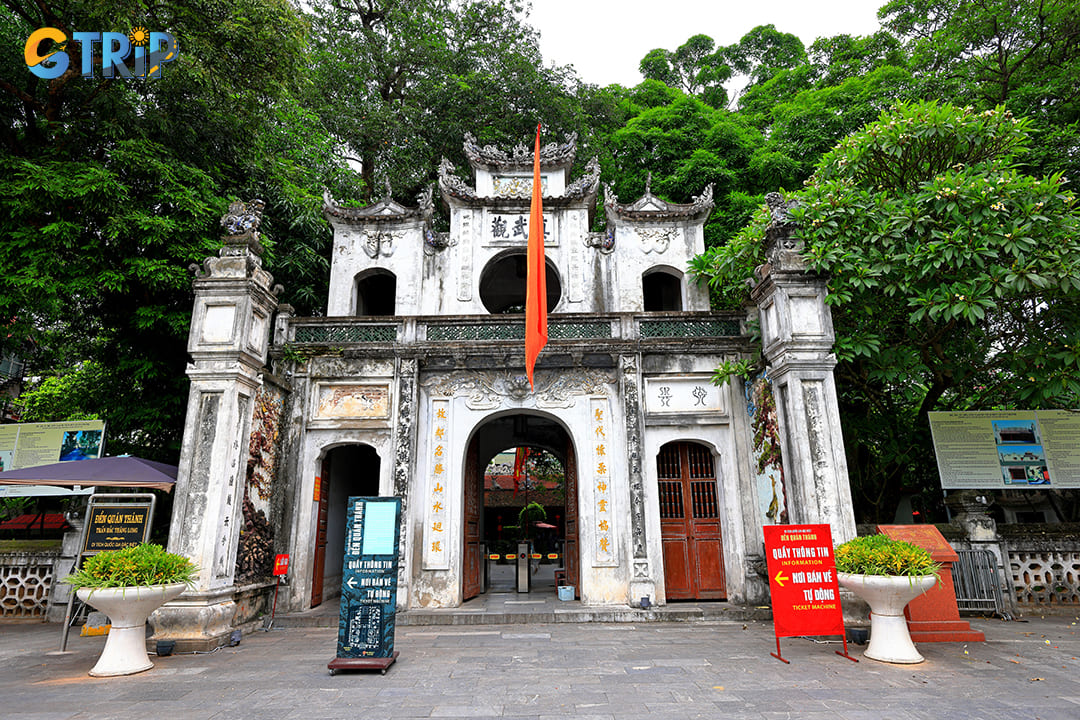
After visiting Kim Lien Temple, you can explore other attractions such as Quan Thanh Temple
Practical tips for visiting Kim Lien Temple
To ensure your visit is respectful and enjoyable, please keep the following tips in mind. Adhering to local customs shows your appreciation for the sacred nature of the site.
- Dress code: The most important rule is to follow the Kim Lien Temple dress code. Visitors should wear modest clothing that covers their shoulders and knees. T-shirts, long trousers, or long skirts are appropriate choices. Avoid shorts, tank tops, and revealing attire.
- Be respectful: As a place of active worship, it's essential to behave with reverence. Speak in a low voice, walk quietly through the courtyards and prayer halls, and avoid disruptive behavior. Do not touch the ancient artifacts, statues, or altars unless signage explicitly permits it.
- Photography: Photography is generally permitted on the temple grounds, but be mindful and discreet. Refrain from using flash, especially inside the prayer halls, as it can damage the ancient lacquer and disturb worshippers. Always be respectful when taking photos of people praying.
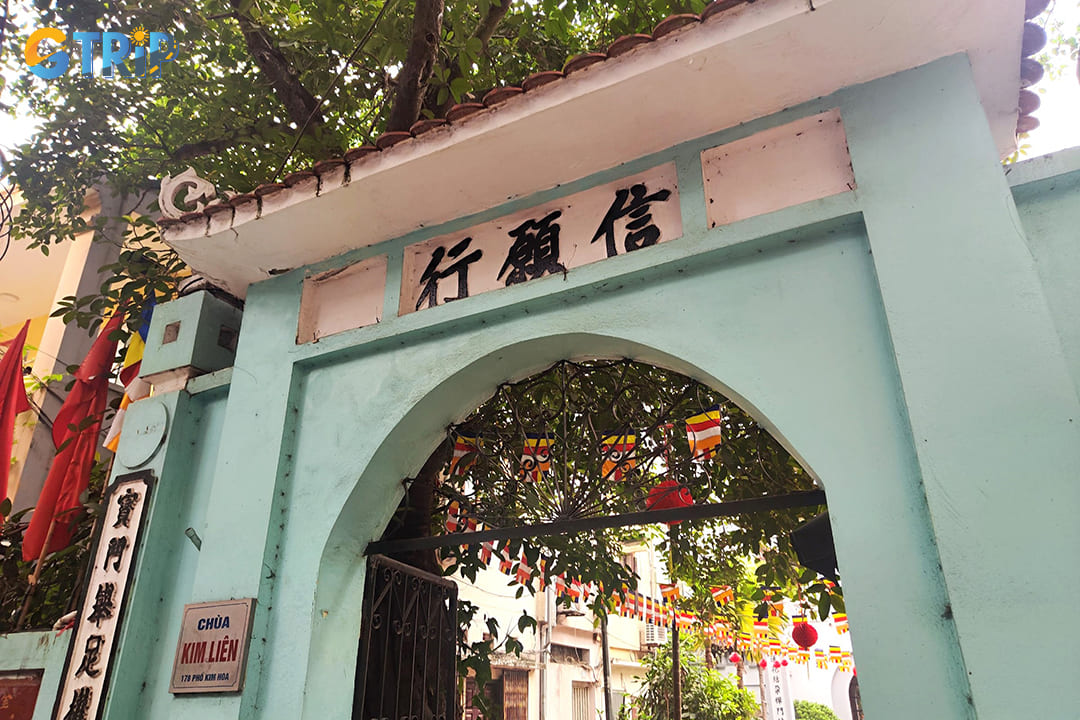
Remember to keep the essential tips for an enjoyable trip
Read more:
Kim Lien Temple is far more than just an ancient structure. It is a repository of Hanoi's soul, a place where history, spirituality, and culture converge. The temple offers a profound glimpse into the heart of Vietnam. It has stood as the southern sentinel of the capital for centuries, embodying the resilience and enduring faith of its people. GTrip encourages you to step off the beaten path and experience this magnificent piece of Vietnamese heritage for yourself. You can book Hanoi tours of GTrip - Vietnam Travel Agency to explore this temple and other attractions.

